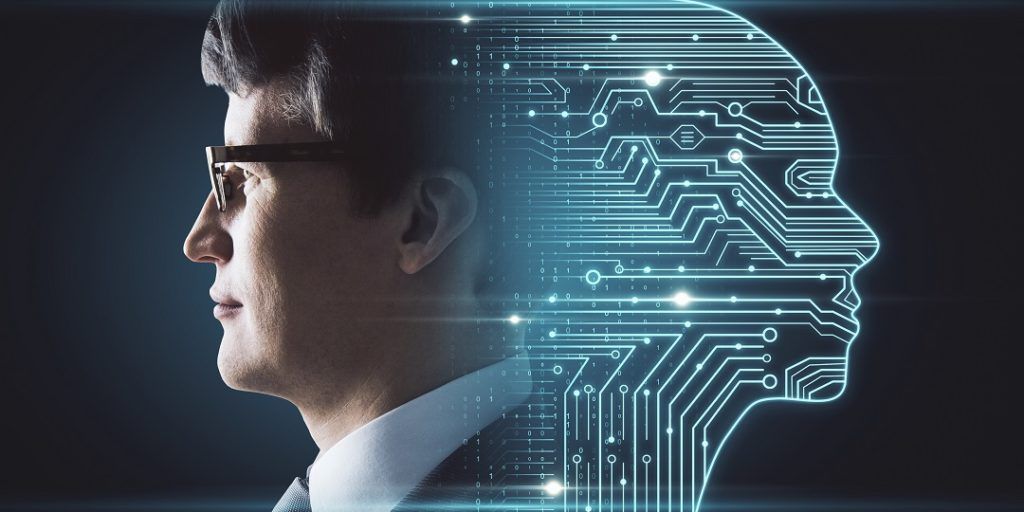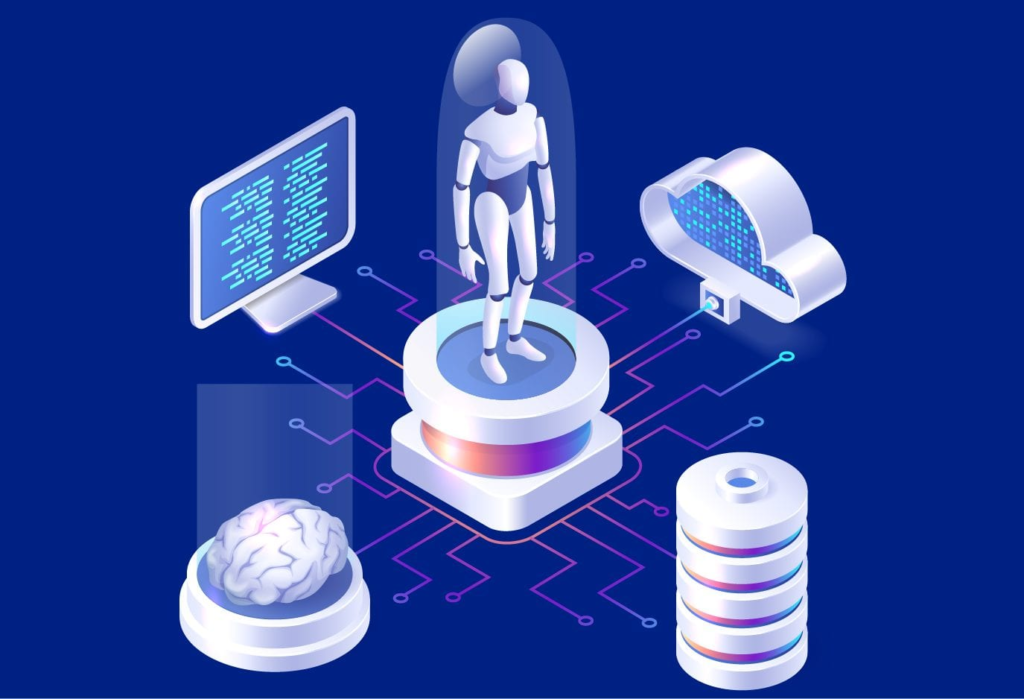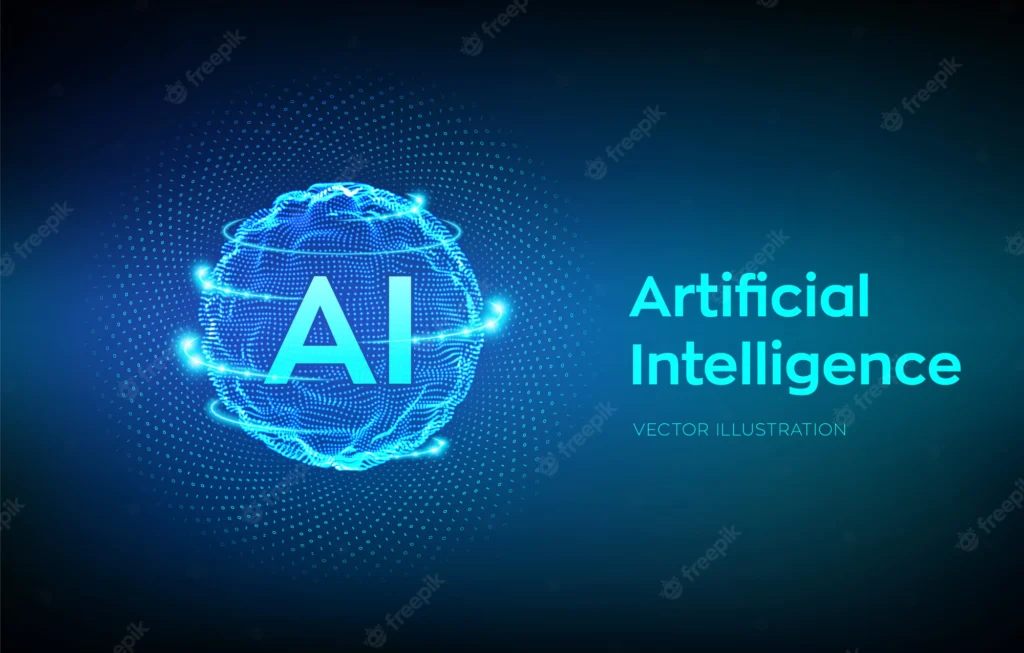
Artificial intelligence is a combination of many different technologies that enable machines to sense, comprehend, act, and learn with human levels of intelligence. Maybe that’s why it is evident that everyone’s definition of artificial intelligence is different: AI isn’t just one thing.
Technologies like machine learning and natural language processing are all part of the AI landscape. Each one is evolving along its path and, when applied with data, analytics, and automation, can help businesses achieve their goals, improving customer service or optimising the supply chain.
As technology advances, previous benchmarks that define artificial intelligence become outdated. For example, machines that calculate functions or recognise text through optical character recognition are no longer considered to embody artificial intelligence since this function is now taken for granted as an inherent computer function.
AI is continuously evolving to benefit many different industries. Machines are wired using a cross-disciplinary approach based on mathematics, computer science, linguistics, psychology, and more.
Applications of Artificial Intelligence:

The applications for artificial intelligence are endless. Users could apply this technology to many different sectors and industries. AI is being tested and used in the healthcare industry for dosing drugs, doling out other treatments tailored to specific patients, and aiding in surgical procedures in the operating room.

Speech Recognition: It is also known as automatic speech recognition (ASR), computer speech recognition, or speech-to-text, and it is a capability that uses natural language processing (NLP) to process human speech into a written format. Many mobile devices incorporate speech recognition into their systems to conduct voice searches—e.g., Siri—or provide more accessibility around texting.
Customer Service: Online chatbots are replacing human agents along the customer journey. They answer frequently asked questions (FAQs) around topics like shipping or providing personalised advice, cross-selling products or suggesting sizes for users, and changing how we think about customer engagement across websites and social media platforms. Examples include messaging bots on e-commerce sites with virtual agents, messaging apps such as Slack and Facebook Messenger, and tasks usually done by virtual assistants and voice assistants.
Computer Vision: This AI technology enables computers and systems to derive meaningful information from digital images, videos, and other visual inputs, and based on those inputs, it can take action. This ability to provide recommendations distinguishes it from image recognition tasks. Powered by convolutional neural networks, computer vision has applications within photo tagging in social media, radiology imaging in healthcare, and self-driving cars within the automotive industry.

Recommendation Engines: Using past consumption behaviour data, AI algorithms can help to discover data trends that users can use to develop more effective cross-selling strategies. This is used to make relevant add-on recommendations to customers during the checkout process for online retailers.
Automated stock trading: Designed to optimise stock portfolios, AI-driven high-frequency trading platforms make thousands or millions of daily trades without human intervention.
Types of Artificial Intelligence:
Typically, AI is classified into two different types:
- Weak Artificial Intelligence: This AI embodies a system designed to carry out one particular job. Vulnerable AI systems include personal assistants such as Amazon’s Alexa and Apple’s Siri. You ask the assistant a question, and it answers it for you.
- Strong Artificial Intelligence: These systems carry on tasks considered to be human-like. These tend to be more complex and complicated. They are programmed to handle situations in which they may be required to solve a query without the person being intervened. You can find these methods in applications like self-driving cars or hospital operating rooms.
AI could be further categorised into four types:
- Reactive AI uses algorithms to optimise outputs based on inputs. Chess-playing AIs are reactive systems that optimise the best strategy to win the game. Reactive AI tends to be reasonably static, unable to learn and adapt to novel situations. Thus, it will produce the same output.
- Limited memory AI: These can adapt to previous experiences or update themselves based on new observations or data. Usually, the amount of updating is limited (hence the name), and the memory length is relatively short. Autonomous vehicles, for example, can “read the road” and adapt to novel situations, even “learning” from experience.
- Theory-of-mind AI: These are fully adaptive and have an extensive ability to learn and retain past experiences. These types of AI include advanced chat-bots, which could fool a person into believing the AI was a human being. While refined and impressive, these AI are not self-aware.
- Self-aware AI: As the name suggests, these AI become conscious and aware of their existence. Still, in science fiction, some experts believe that an AI will never become conscious or “alive”.
AI is used extensively across a range of applications today. Recommendation algorithms that suggest what you might like next are popular AI implementations such as chatbots that appear on websites or in the form of smart speakers (e.g., Alexa or Siri). AI is used to make predictions regarding weather and financial forecasting, streamline production processes, and cut down on various forms of redundant cognitive labour (e.g., tax accounting or editing). AI is also used to play games, operate autonomous vehicles, process language, and much more.
I would like to conclude the blog by saying that AI plays a vital role in this rapidly advancing world and that humans now more than ever require AI. It is used extensively in all fields, making it hard to avoid.

